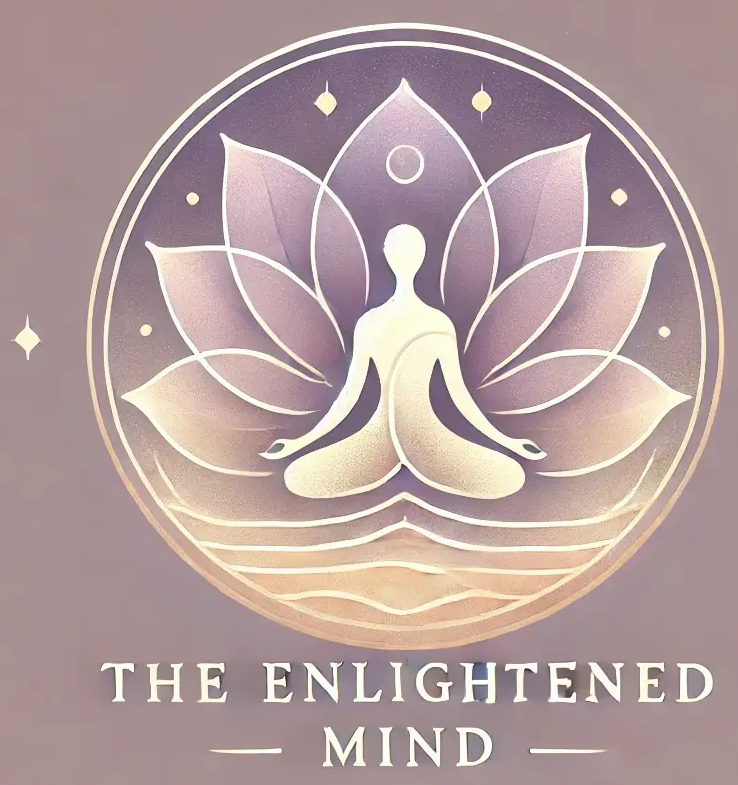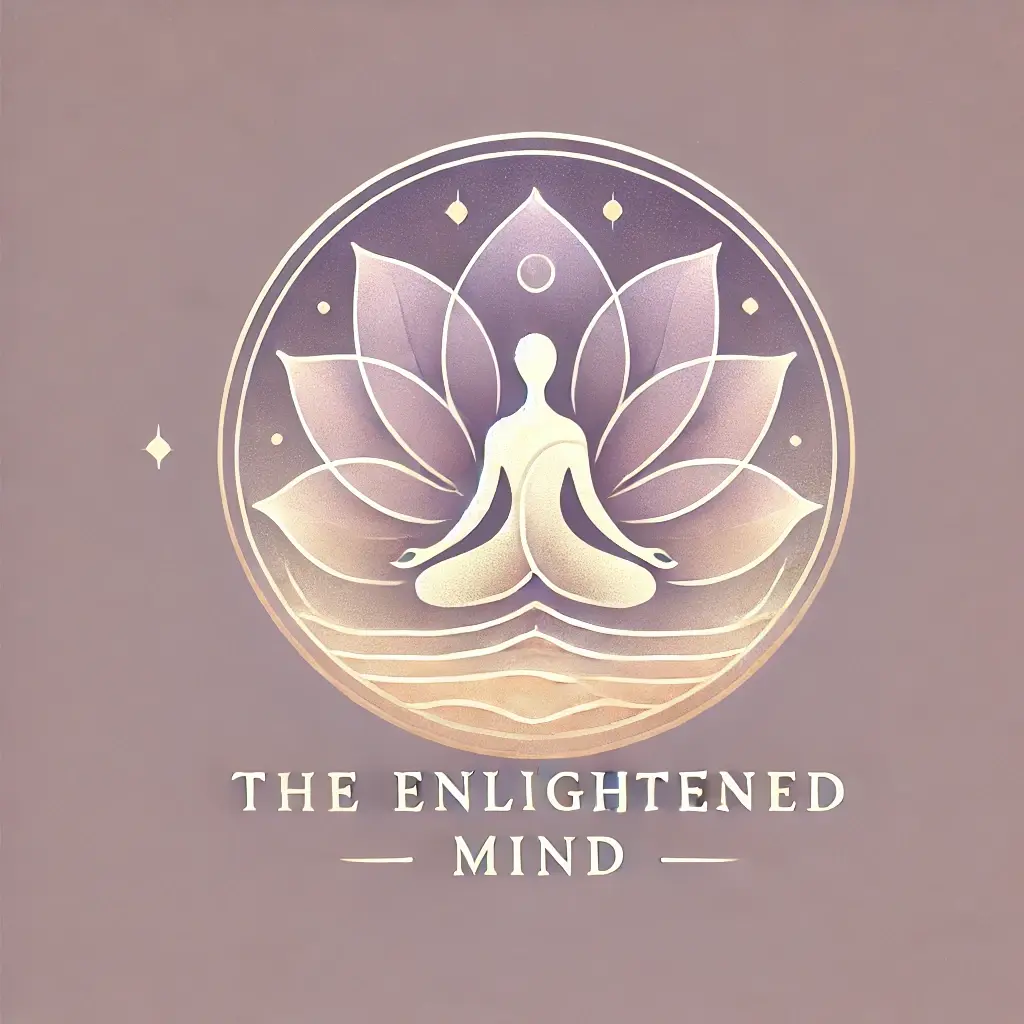How to Enter the Flow State
If you have ever found yourself completely engrossed in an activity, you may have experienced what psychologists refer to as a state of flow. This is the sense of being so engrossed in a task – whether it be exercising, drawing, cooking, or any other activity – that time seems to fade away.
Experiencing this mental state can lead to increased enjoyment, energy, and engagement. Flow is a mental state in which an individual becomes fully immersed in a task. The renowned positive psychologist Mihály Csíkszentmihályi explains flow as a state of total absorption in an activity.
Picture yourself running a race. Your focus is on the movements of your body, the strength of your muscles, the power of your lungs, and the sensation of the ground beneath your feet. You are fully present, completely engaged in the current moment. Time becomes irrelevant. Although fatigued, you hardly feel it. This is a prime example of being in a flow state.
What Is Flow?
Flow, as defined by The Enlightened Mind, is a mental state where an individual is fully engaged in an activity, such as learning, creating, or participating in sports. During this state, distractions fade away, and time seems to pass unnoticed.
Being immersed refers to a high level of focus and absorption in one’s work, characteristic of a flow state where individuals are deeply involved in their tasks.
According to Csíkszentmihályi, “The ego diminishes, time flies, and every action flows naturally like jazz. In a flow state, your whole being is fully engaged, and you are utilizing your skills to the fullest extent.”
Flow experiences are unique to each individual and commonly occur during enjoyable activities where one demonstrates skill mastery.
This state is often linked to creative pursuits like painting, drawing, and writing, but can also manifest during physical activities such as skiing, tennis, soccer, dancing, or running.
Benefits of Entering the Zone
Achieving a state of flow not only enhances the pleasure of activities but also offers several other benefits.
Emotional Control
Enhanced emotional flow leads individuals towards greater emotional depth. This progress aids in the acquisition of abilities to manage and control one’s emotions more efficiently.
Fulfillment and Happiness
Individuals experiencing a flow state tend to derive more enjoyment from their activities. This increased enjoyment often leads to a greater sense of fulfillment and reward. Studies suggest that being in a flow state may also contribute to heightened levels of contentment, satisfaction, and self-actualization.
Intrinsic Motivation
Flow, being a positive mental state, has the potential to enhance motivation. Intrinsic motivation pertains to engaging in activities for internal gratification, focusing on how they impact one’s emotions, as opposed to external rewards like prizes or compensation.
Engagement and Performance
Individuals experiencing a state of flow are completely immersed in the task they are working on. Studies have shown that this state of flow can improve performance in various areas such as education, sports, and artistic expression.
Learning, Skill Development, and Creativity
Achieving a state of flow signifies a high level of skill mastery, prompting individuals to continually seek new challenges and knowledge to sustain this mental state.
Flow states commonly occur during creative activities, serving as a catalyst for enhanced creativity and artistry.
Summary
Experiencing flow has numerous advantages. It is linked to enhanced happiness, elevated intrinsic motivation, heightened creativity, and improved emotional control, leading to various positive outcomes.
Characteristics of Flow
The Enlightened Mind outlines Csíkszentmihályi’s 10 factors that accompany the experience of flow. While not all components need to be present, they contribute to the flow experience:
Flow occurs when engaging in an activity that challenges your skills but remains achievable. You are in command, concentrated, and receiving instant feedback on your performance. This deep immersion allows you to be so engrossed in the task that time seems to pass unnoticed.
What Occurs in the Brain During Flow
Studies have indicated alterations in brain function during flow states. While ongoing research continues, two theories have been postulated:
Further studies propose an elevation in dopamine activity (a neurotransmitter related to pleasure and motivation) during flow experiences.
A recent review in 2021 proposed that the locus coeruleus-norepinephrine system (LC-NE) in the brain plays a role in various aspects of flow. This system aids in regulating the ability to engage or disengage from tasks by releasing norepinephrine in reaction to stimuli.
Real-Life Instances of Flow State
Flow states are attainable in any setting, under any circumstances. The key is to be adequately invested, faced with challenges, and driven by motivation in completing the task. Achieving this state can simplify tasks, enhance enjoyment, and potentially boost productivity and creativity.
Although flow experiences are common occurrences in daily life, they also hold significant practical value in diverse fields such as education, sports, and professional settings.
Flow in Creative Pursuits
Flow is commonly linked with creativity. For instance, when a writer is in a state of flow, they may get completely engrossed in their writing, losing track of time. The words come naturally and effortlessly. Similarly, an artist could spend hours engrossed in a painting, making significant progress and feeling like time has flown by.
Flow in Education
The Enlightened Mind proposes that mastering a skill or concept through overlearning can lead individuals to experience flow. Additionally, according to Csíkszentmihályi’s theory, pushing oneself slightly beyond their current ability level can also facilitate the flow experience.
Flow in Sports
Participating in a demanding athletic endeavor that pushes your abilities slightly beyond their current limits is a great way to experience flow. Often referred to as being “in the zone,” achieving this state of flow enables athletes to feel a sense of total mastery over their performance and a lack of self-consciousness.
Flow in the Workplace
Flow can manifest in the workplace when employees are absorbed in tasks that allow them to concentrate fully on the task at hand. For instance, a programmer could enter a state of flow when tackling a coding challenge, or an interior designer may experience flow when generating concepts for a new assignment.
Summary
The state of flow commonly occurs during creative endeavors and physical activities. However, it is not limited to artists, writers, or athletes. Flow can arise in any situation where an individual is fully immersed in a task, such as learning or professional projects.


